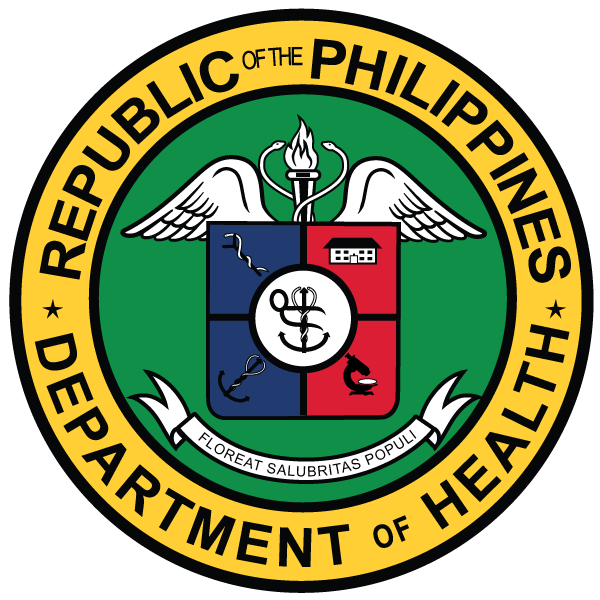Case Definition/Classification:
Suspect Case
A person presenting with illness of upper respiratory tract characterized by pharyngitis, nasopharyngitis, tonsillitis or laryngitis and adherent pseudomembrane of the tonsils, pharynx, larynx and/or nose.
Laboratory-Confirmed Case
A case is a person (regardless of a symptoms) with Corynebacterium spp. Isolated by culture and positive for toxin production.
Special consideration. Sometimes during outbreak investigation when household contacts are investigated, people will be identified with positive Corynebacterium cultures and evidence of toxigenicity, who do not meet the suspected case definition. These people should still be reported as laboratory-confirmed cases, as their treatment and public health response is the same as the other laboratory-confirmed cases.
Epidemiologically linked Case
A case that meets the definition of a suspected case and is linked epidemiological linkage is having intimate respiratory or physical contact with a laboratory-confirmed case within the 14 days prior to onset of sore throat in the laboratory-confirmed case.
Clinically Compatible Case
A case that meets the definition of a suspected case and lacks both a confirmatory laboratory test result and epidemiologic linkage to a laboratory-confirmed case.
Discarded Case
A suspect case with:
1. C. diphtheriae but negative ELEK test (nontoxigenic Corynebacterium); or
2. Negative PCR for the toxin gene



